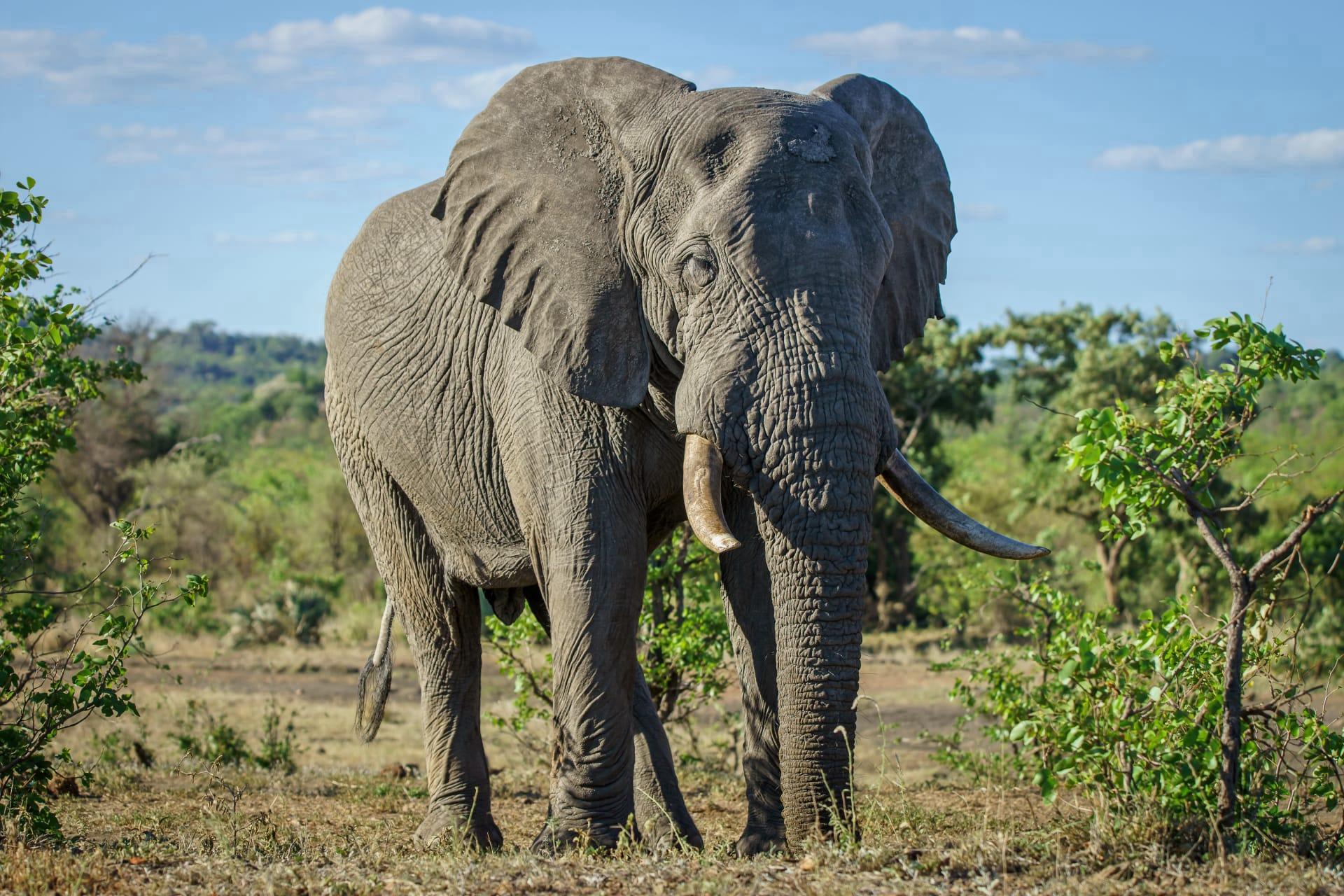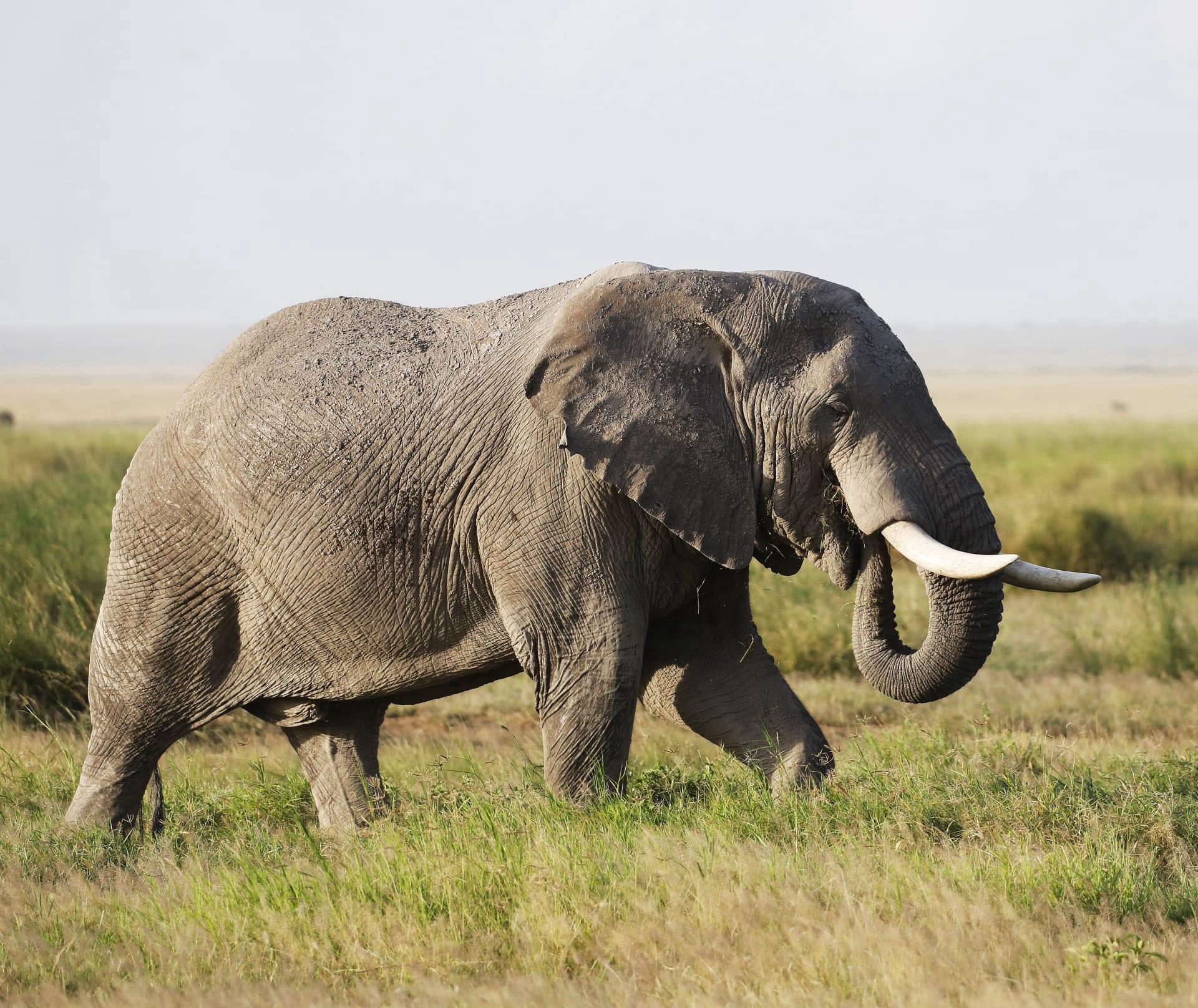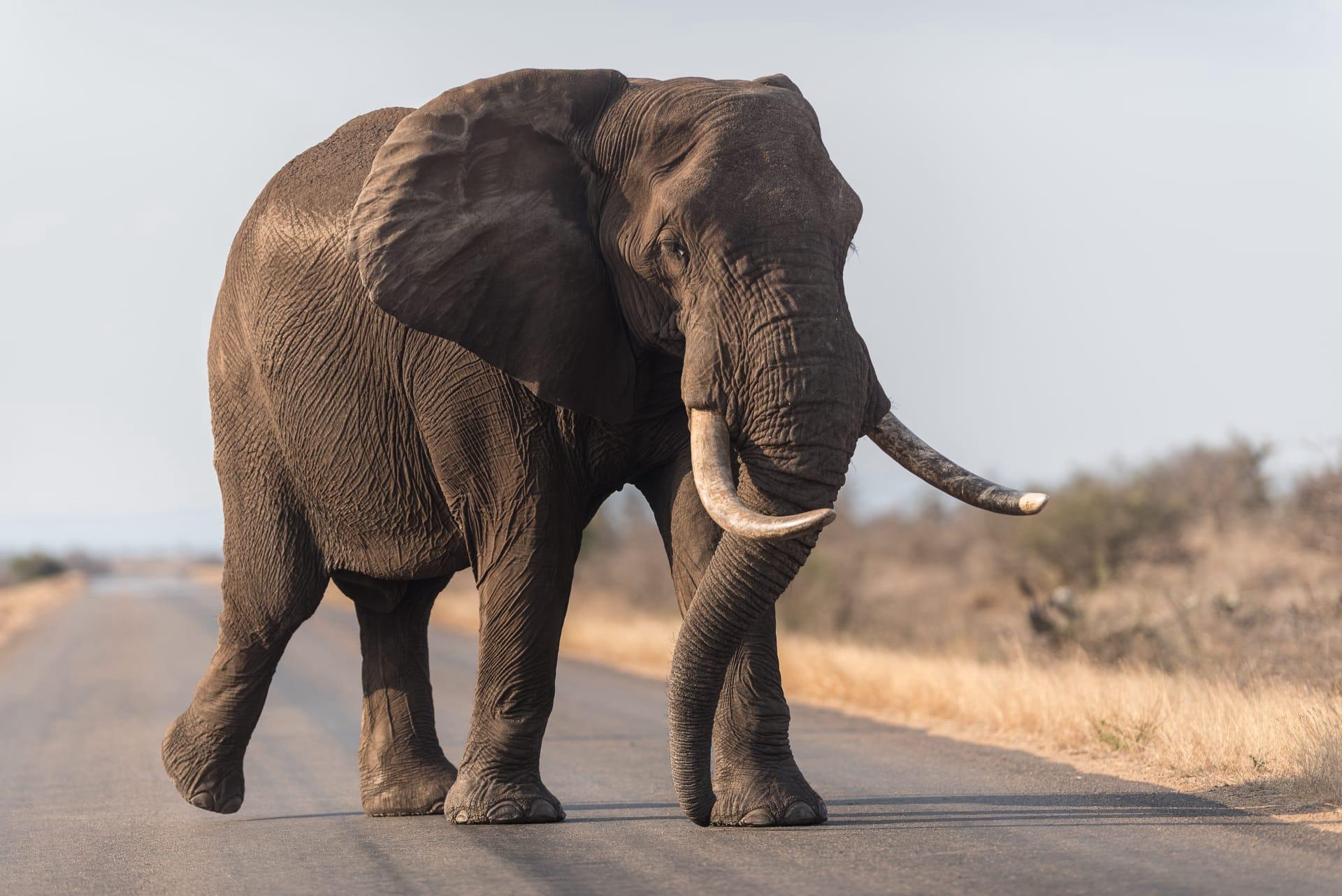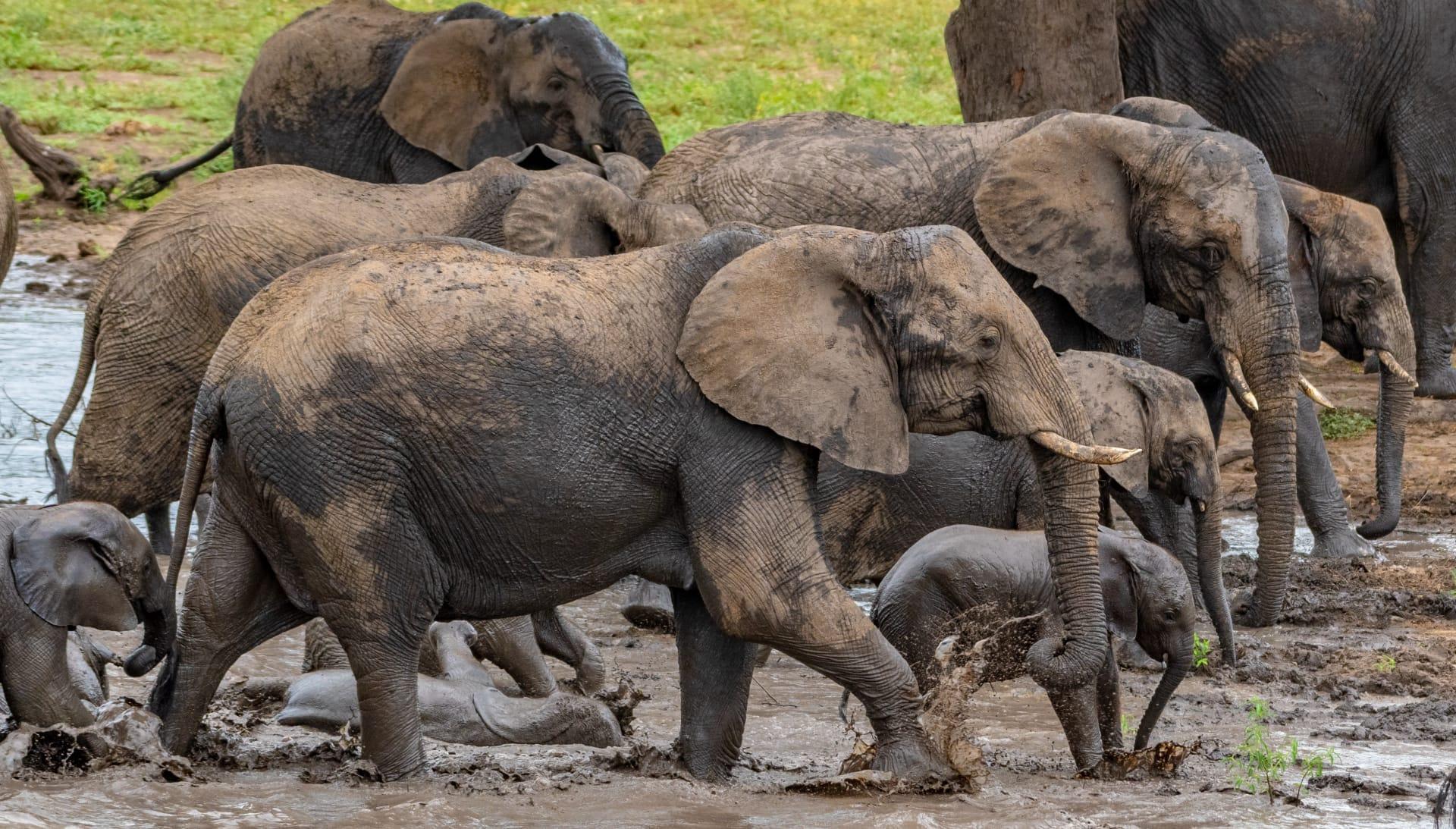African Elephant Trivia
- Home /
- Trivia Question /
- Animal /
- African Elephant Trivia
1
Question: How much can an African Elephant weigh and how does it compare to other animals?
Answer: An African Elephant, one of the largest land mammals, can weigh up to 6,350 kilograms (about 14,000 pounds). That's like stacking up about 90 adult humans! In the animal kingdom, it's only surpassed by some whale species in terms of weight.
Question: What is the significance of an African Elephant's tusks, and why are they so valued?
Answer: African Elephants' tusks are essentially enlarged incisor teeth which continue to grow throughout their lives. They can reach lengths of up to 2.5 meters (over 8 feet) and weigh about 45-100 kilograms (100-220 pounds) each. Tusks are used for digging, lifting objects, gathering food, and as a defense tool. Unfortunately, their tusks have made them targets for illegal poaching due to the high value of ivory.

2
Question: Do African Elephants really have an exceptional memory, and what's the science behind it?
Answer: Yes, African Elephants are known for their remarkable memory. This is partly due to their large hippocampus, a brain region involved in processing emotions and memory. Elephants can remember locations of water sources over vast distances and recall friends and foes even after years.
Question: Is it true that African Elephants are afraid of mice, as often depicted in cartoons?
Answer: This is a myth. There's no scientific evidence to support the idea that African Elephants are scared of mice. Elephants might get startled by sudden movements of smaller animals, but it's not a specific fear of mice.

3
Question: How much water does an African Elephant drink daily, and how does this impact their habitat needs?
Answer: An African Elephant can drink up to 190 liters (50 gallons) of water daily. This large requirement influences their habitat preference, often necessitating a location near a water source. This also impacts their migration patterns, as they need to move to areas with adequate water supply.
Question: What is the role of an African Elephant's large ears, and are they just for hearing?
Answer: African Elephants' large ears, which can measure up to 1.5 meters (5 feet) long, play a crucial role in temperature regulation. Blood vessels in the ears help to dissipate heat, keeping the elephant cool. They also enhance hearing but are primarily an adaptation to the hot African climate.

4
Question: How do African Elephants communicate with each other, and what's unique about their communication methods?
Answer: African Elephants use a range of vocalizations, body language, and even seismic communication. They produce infrasonic sounds, which are below the human hearing range, to communicate over long distances, up to several kilometers. This low-frequency sound travels both through the air and ground, enabling elephants to communicate even without direct line of sight.
Question: What is the gestation period of an African Elephant, and how does it compare to other animals?
Answer: The gestation period of an African Elephant is about 22 months, one of the longest in the animal kingdom. This extended pregnancy allows the elephant calf to develop sufficiently to be able to walk and follow the herd soon after birth.

5
Question: How long do African Elephants live, and what factors influence their lifespan?
Answer: African Elephants can live up to 60-70 years in the wild. Their lifespan is influenced by factors like habitat quality, threats from poaching, and availability of food and water. In captivity, with proper care, they may live longer due to absence of natural predators and regular veterinary care.
Question: What role do African Elephants play in their ecosystem, and why are they considered a keystone species?
Answer: African Elephants play a crucial role in their ecosystem by shaping habitats, creating paths, dispersing seeds, and aiding in nutrient recycling. As a keystone species, their activities affect many other species. Their ability to modify landscapes helps maintain the ecological balance, demonstrating their vital role in ecosystem health.